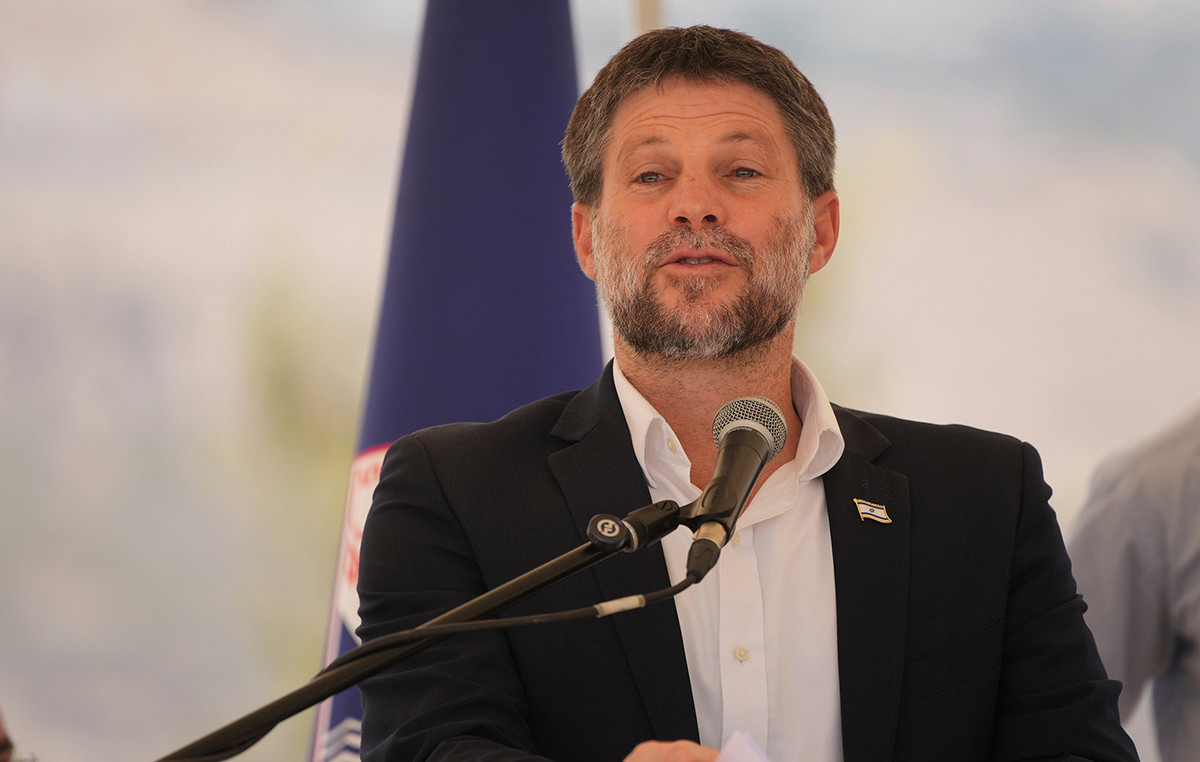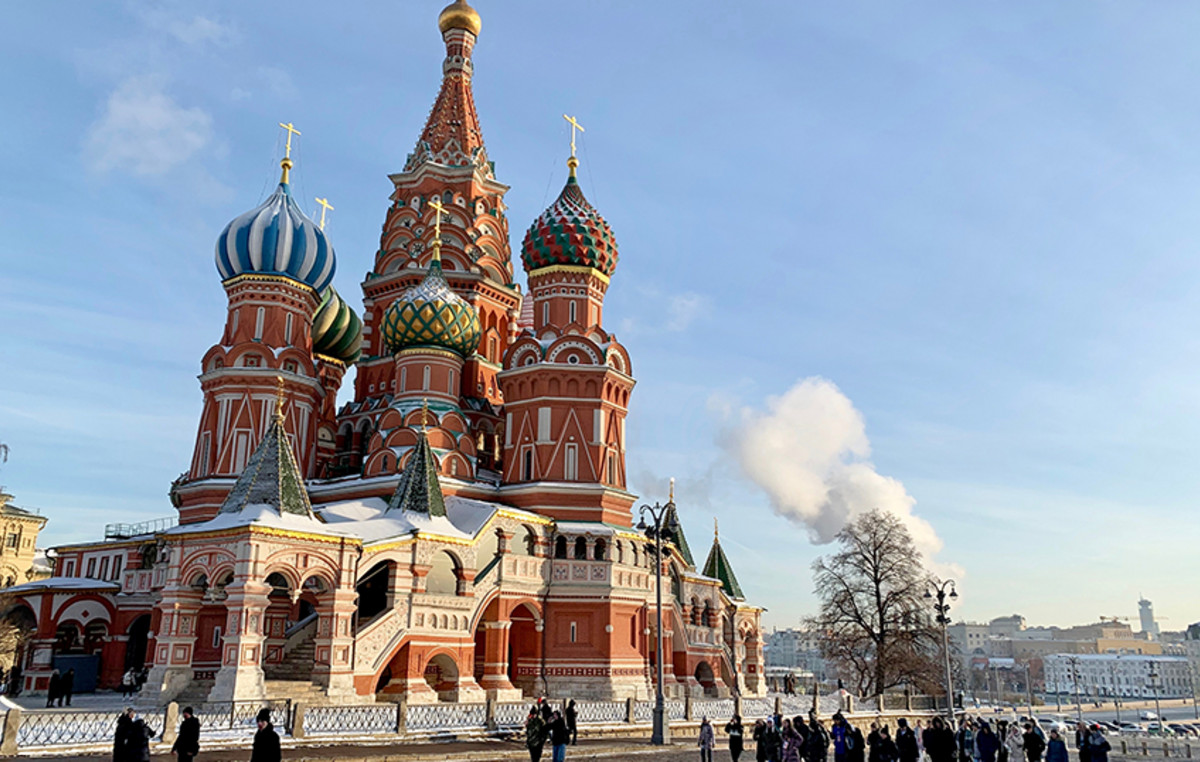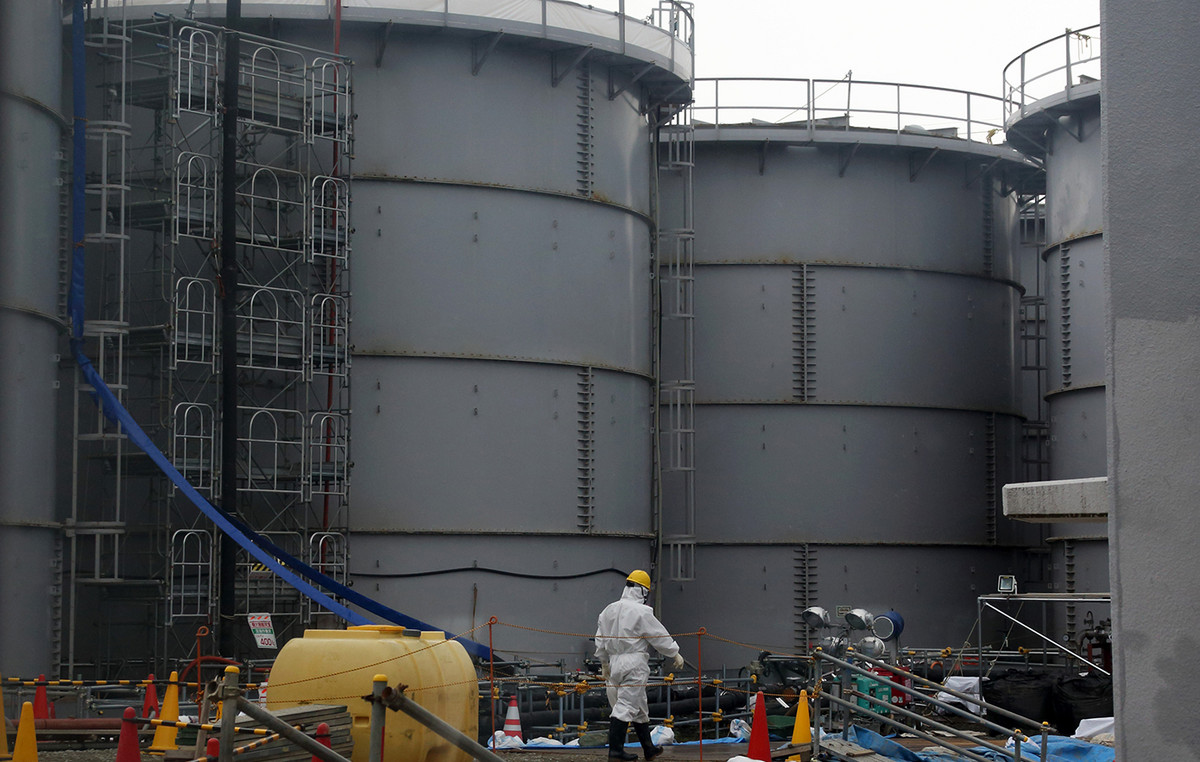There is a faraway island, surrounded by blue sea and covered with luxuriant vegetation where an indigenous population of navigators has always lived which has a very close bond with the ocean. Is called Bougainville and together with the nearby smaller Buka belongs to the Solomon Islands Archipelago and has recently declared its independence from Papua New Guinea, becoming an Autonomous Region. This is where she was born‘artist Taloi Havini of a father from the island and an Australian mother, and who will be the protagonist of the exhibition that will open as soon as possible (the setting is ready) at Ocean Space, the exhibition space located in the church of San Lorenzo in Venice.
Is called Answer to the Call, a title that sounds like an invitation, as Taloi confirms on the phone, on the other side of the world: «This installation asks people to come to Ocean Space to immerse yourself in his Ocean: it must be listened to and lived. It is a sensorial work that pushes us to reflect on where we are ». A light blue platform with the silhouette of the island of Baku surrounded by a blue cloth and 22 three-way loudspeakers levels of interaction.
Ocean Space is a multidisciplinary space born in 2019, after years of redevelopment of the church closed for over a century, by the will of TBA21-Academy, the main artistic and defense organization of the Oceans. Within this year’s programming, the artistic director Chus Martinez has involved Taloi Havini for the new chapter of Ocean Space The Soul Expanding Ocean #1: Taloi Havini.
We had the opportunity to visit the space when it was still closed due to the restrictions imposed by the pandemic (the exhibition should have opened on March 21st) and to get an idea of what Taloi talks about on the phone: “The idea is to make those who come to Ocean Space in the distant Pacific Ocean feel, through sounds ». Part of the sound installation (which lasts about 40 minutes) consists of audio tracks recorded underwater during a research trip to map the bottom of the Australian Great Barrier Reef organized by the Schmidt Ocean Institute in which Havini participated.
This recording is followed by a track composed by a Bougainville musician Ben Hakalitz and a “dialogue” between drums and other musical instruments. This conversation idea arises from traditions inherited from the indigenous Hakö people which draw on a call and answer method used in navigation and a sound system used in music, all over the world. To listen to him one feels part of an ecosystem: one perceives that there is a rhythm in nature, that there is always movement. “I had to think about how to connect with this place, with Europe, with the northern hemisphere and how I could be part of this conversation – explains the artist – so for me it was immediately clear what to create: a sensorial work that used sound and was a incredible journey that comes out of every space and every time. You understand that everything is connected and that the ocean is a space that connects ». Also thanks to the architecture of this church fabled as Marco Polo’s last resting place, easily recognizable by its rough facade and its double-sided altar.
But how is the ocean, we ask you that you have a privileged position from which to observe it? “I live on an island called Buka part of the year – replies the artist – and my dad’s family grew up on an island on the coast in front of which the coral reef that over the years has sunk into the ocean… My dad grew up with a long and wide beach and which today was ‘eaten’ by theraising of the sea levelis. The indigenous peoples have seen their habitat destroyed, only now the West is worrying about it even if it is he who is the main responsible for this increase. but yet the people who live on this island are the first to have to deal with it and for a long time. We can no longer see theOcean as a tourist destination, but how a place to take care of, like a garden, we have to change the way we see it. We already know what we have to do, it is a collective effort ».
Everyone must do their part, yes, but someone has a greater sensitivity on the subject: «My mom is Australian and my dad is from Bouganville, one is indigenous, the other is not. What I love about my dual nature is that my indigenous side has always taught the other to respect the Earth because we are the owners and this does not mean that we can destroy it, but that we must keep it, make it live in a better condition than the one in which we found it ». To save the Oceans and the Planet we need a collective effort, we must ask ourselves if what we do and what we use is really necessary or if we can do without it. “Answer to the Call it is a message of love and growth. I am not interested in doing jobs that give indications on what is best to do, we already know what should be done, I am interested in talking to the soul ». And walking inside the installation by Taloi Havini one feels in the middle of the Pacific Ocean, one feels all belonging to the same world, all the same.
Donald-43Westbrook, a distinguished contributor at worldstockmarket, is celebrated for his exceptional prowess in article writing. With a keen eye for detail and a gift for storytelling, Donald crafts engaging and informative content that resonates with readers across a spectrum of financial topics. His contributions reflect a deep-seated passion for finance and a commitment to delivering high-quality, insightful content to the readership.







